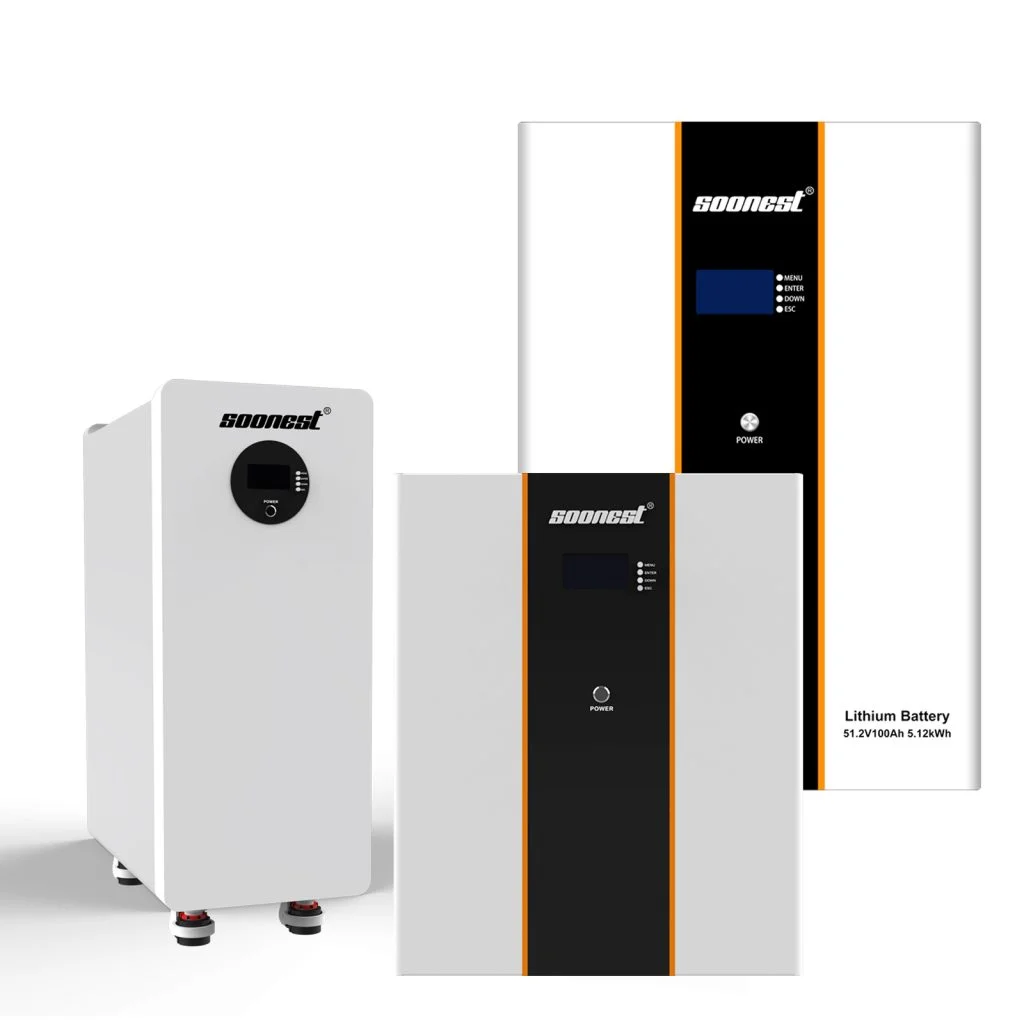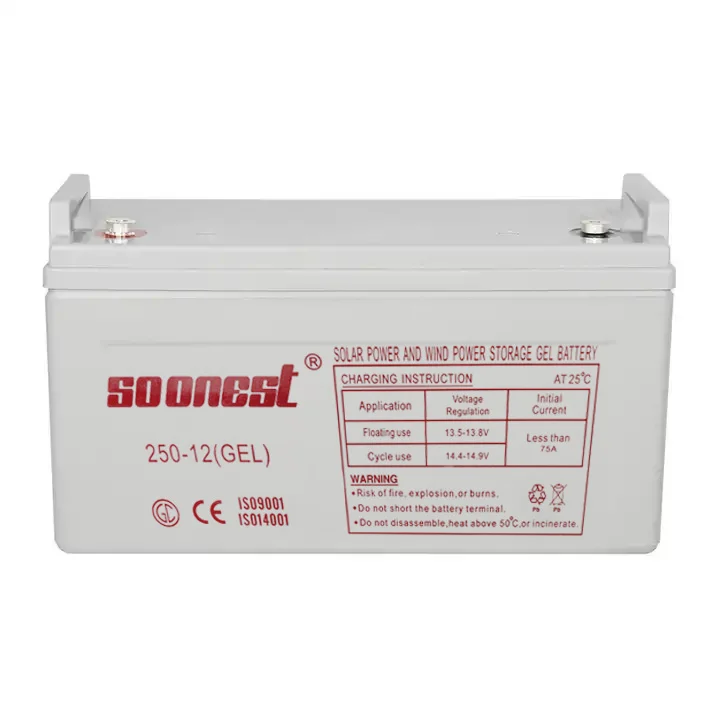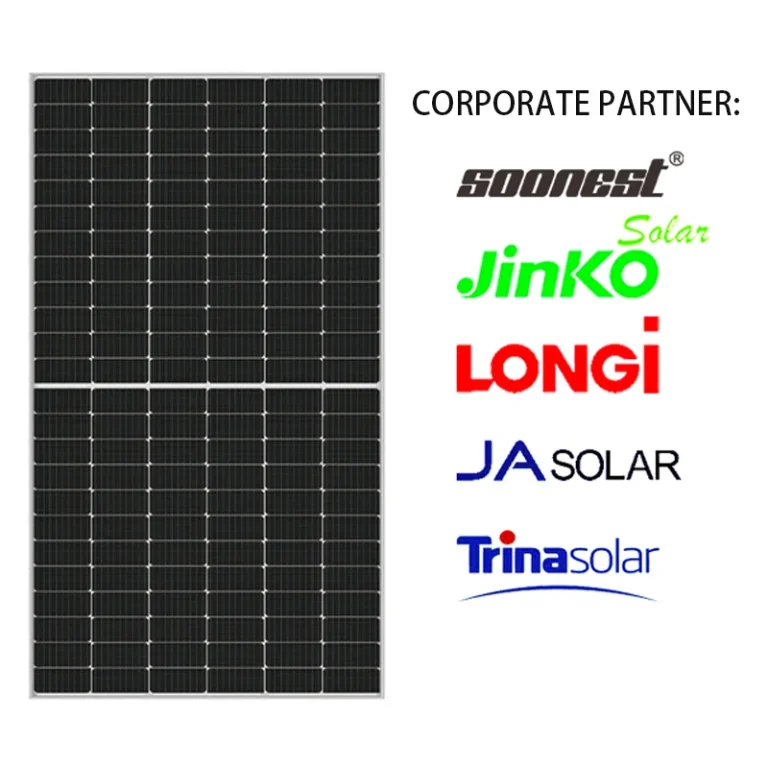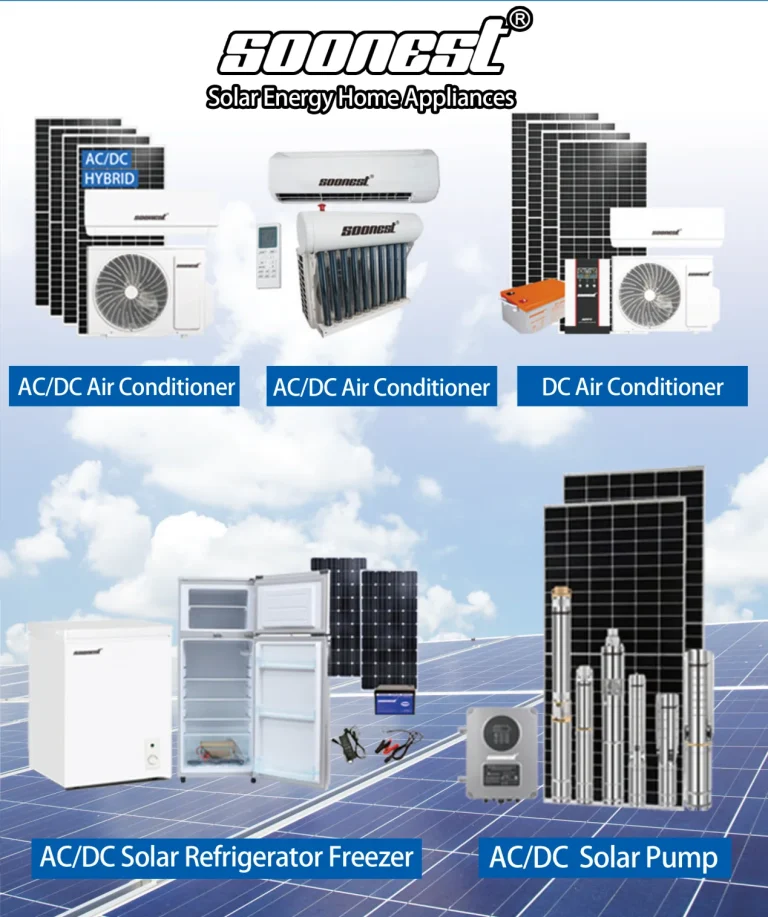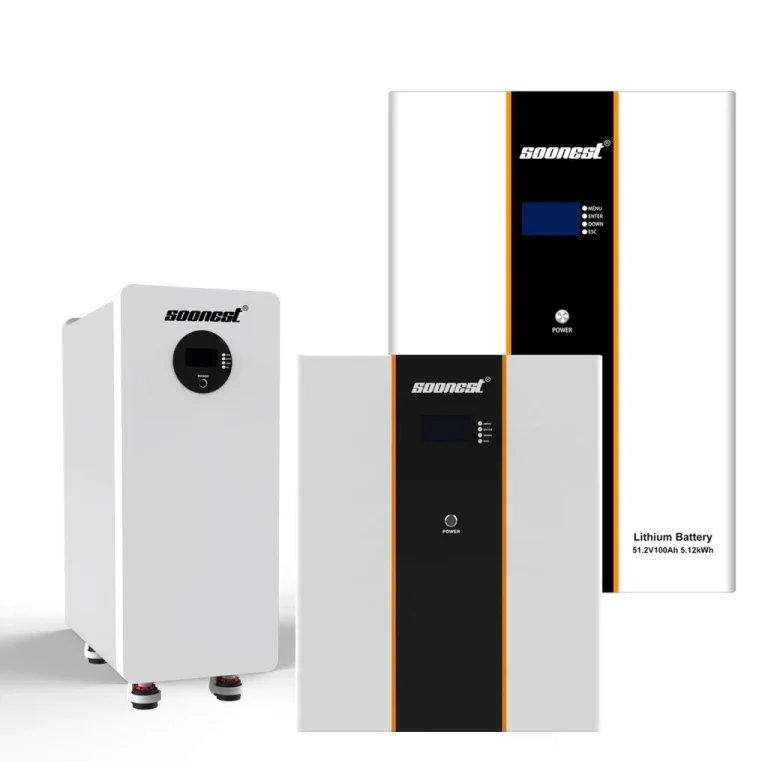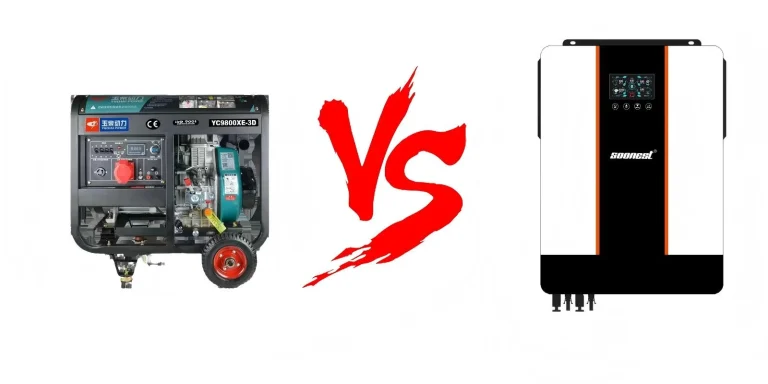Picking the best solar battery for your home starts with knowing your energy needs and checking out different battery kinds. This guide digs into lead-acid and lithium-ion choices. It focuses on big factors like how much power they store, how much you can use, how well they work, and how long they stick around. It explains why lithium-ion, especially LiFePO₄, is often a wiser pick in the long run. It’s safer and lasts longer. Lead-acid batteries cost less at the start, but they need more work to keep going. We’ll also talk about how batteries deal with different weather, fit in your house, and team up with solar systems. We point to Soonest’s awesome gel and LiFePO₄ batteries for steady performance. FAQs answer worries about safety, how they match with other gear, and how long they last, to help you choose well.
What Is a Solar Battery and How Does It Work?
A solar battery holds energy from your solar panels for later. It lets you use solar power when it’s dark outside. The battery grabs direct current (DC) electricity from your panels and keeps it in a chemical form. When you need power, it switches this energy to alternating current (AC) using an inverter. This runs stuff like your lights or fridge. Most solar setups have an inverter to change DC to AC, so your home gadgets work fine.
This system cuts down on using power from the electric company. It lowers your bills and gives backup power if the lights go out. Choosing the right solar battery kind makes sure it works great and lasts a long time.
Which Performance Metrics Should You Focus On?
Picking a solar battery isn’t just about price or size. A few key details show how well it fits your home’s energy needs.
How Do Capacity and Depth of Discharge Affect Usable Energy?
Capacity tells you how much energy a battery can hold. It’s counted in kilowatt-hours (kWh). But you can’t use all of it without hurting the battery. Depth of Discharge (DoD) shows how much of the stored power you can use safely. For example, a tough battery gives a Long Cycle Life: 6,000+ cycles at 80% depth of discharge (DoD). This means you can use 80% of its power lots of times without it breaking down fast.
Why Does Round-Trip Efficiency Matter?
Round-trip efficiency shows how much energy you get back after charging and using the battery. For example, if you put in 10 kWh and get 9 kWh out, it’s 90% efficient. Better efficiency means you lose less power. This saves you cash over time.
What’s the Role of Cycle Life and Warranty?
Cycle life is how many times a battery can fully charge and empty before it gets weak. Warranties often line up with this. A 5-Year Warranty: Backed by a decade of performance assurance shows the battery is made to last. A long warranty and high cycle life mean you can trust it for years.
What Are the Most Common Solar Battery Chemistries?
Two main battery types are used in homes: lead-acid and lithium-ion. Each has its perks depending on how you use power.
What Should You Know About Lead-Acid Batteries for Home Use?
Lead-acid batteries have been around forever. They’re often used for backup power.
Flooded vs. Sealed – Which One Fits Better?
Flooded lead-acid batteries need you to check them often. You have to add water to keep them going. Sealed ones, like AGM or gel, don’t need this fuss. The SOONEST Solar Cell GEL Battery 12V 100AH 150AH 200AH 250AH is a super deep-cycle gel battery built for renewable energy systems.
Are They Still Practical for Residential Applications?
Lead-acid batteries are cheaper to buy at first. But they don’t last as long and aren’t as good as newer types. Still, they work okay in places with normal weather for backup power during outages.
Is Lithium-Ion Always Better Than Lead-Acid?
Lithium-ion batteries are a hit because they work great, last long, and don’t take up much room.
How Do LiFePO₄ and NMC Chemistries Compare?
LiFePO₄ (Lithium Iron Phosphate) is super safe and stays steady in hot weather. It lasts a long time, so it’s great for homes. Its ultra-lightweight design and strong starting power make it perfect for running solar inverter gear in your house.
NMC (Nickel Manganese Cobalt) batteries pack more energy in less space. But they’re a bit less safe than LiFePO₄ for home use.
Which Offers Better Safety and Longevity?
LiFePO₄ gives steady power even when it’s running low. This is awesome for keeping your home going smoothly. Its safety and long life make it a great pick for daily use.
How Do These Technologies Compare in Real Homes?
Are Lithium Batteries Worth the Higher Price Tag Long-Term?
Lead-acid batteries might look like a bargain at first. But lithium-ion batteries often save you money over time. They last longer—often over 10 years—and need almost no upkeep. Their higher energy density and smaller volume for household use save space when you set them up. This cuts costs you might not think about.
Do Climate Conditions Impact Performance Significantly?
Yes, the weather makes a big difference. Lead-acid batteries wear out faster in super-hot or freezing places. But Soonest’s advanced gel electrolyte technology works great in tough weather. Lithium-ion batteries, especially LiFePO₄, keep giving steady power no matter the temperature. This makes them more flexible for all kinds of homes.
What About Maintenance Needs and Installation Flexibility?
Lead-acid batteries, especially flooded ones, might need a special spot with air vents because they let out gases. Lithium-ion batteries are sealed. They don’t give off gases or need fluid checks. This makes them perfect for indoor or wall-mounted setups.
How Can These Products Solve Your Household Energy Challenges?
If you want energy storage you can count on, Soonest has solid choices. Their lithium iron phosphate batteries, like the 48V/51.2V LiFePO₄ Home Solar Powered Energy Storage Battery, come in wall-mounted or modular designs. These are great for off-grid cabins or homes with hybrid solar systems.
The SOONEST Lithium is a strong 51.2V lithium iron phosphate battery made for Solar or Home use. It has Bluetooth monitoring and can grow to 25kWh or more. This fits your changing energy needs.
Which Chemistry Matches Your Specific Usage Scenario Best?
Only Need Power During Occasional Outages?
A sealed gel battery, like Soonest’s, is good for emergency lighting or running important stuff during outages. These batteries are safe and don’t need much care.
Looking to Maximize Daily Solar Usage Year-Round?
If you want to use solar power every day and depend less on the electric company, pick a lithium-ion system. Soonest’s batteries use 100% brand new grade A battery cells, cycle life up to 6000+. This makes them perfect for daily use and saving money over time.
Will It Work With Your Current Solar Setup?
Is Compatibility With Inverters Important?
Yes, your battery has to work well with your inverter. Modern lithium-ion batteries, like Soonest’s, match easily with hybrid inverters used in lots of homes. Choosing the right solar battery pack also involves understanding compatibility with existing solar equipment like inverters. Look for batteries that let you add more and have smart features through a built-in Battery Management System (BMS).
Can You Monitor Performance Easily?
Lots of new batteries, like Soonest’s, come with tools like mobile apps or Bluetooth. These let you check the battery’s charge, temperature, and health from your phone. The battery pack’s built-in BMS keeps an eye on its work and makes sure it stays safe.
What Else Should You Think About Before Buying One?
Are You Balancing Budget With Expected Performance?
If your budget is small but you want value over time, go for lithium-ion batteries with good warranties. A 5-Year Warranty: Backed by a decade of performance assurance, means you get quality that lasts.
Do You Have Enough Space Indoors or Outdoors?
Some batteries are huge. Others save space. Soonest’s batteries are 50% smaller in size for easier setup and space savings in Wind or solar systems. Pick one that fits your home and leaves room for adding more later.
Why Trust Soonest as Your Partner in Energy Storage Solutions?
Soonest is a solid pick for homeowners who want great energy storage. Their products include cool gel batteries and high-tech LiFePO₄ packs made for homes with hybrid photovoltaic systems. Photovoltaic system: This battery pack is designed for household photovoltaic systems. With awesome customer support and warranties that show they believe in their stuff, Soonest helps power homes in a green way.
FAQ
Q1: Can I install a solar battery system indoors safely?
A: Yes, especially with sealed gel or lithium-ion batteries. They don’t let out gases or need air vents, unlike flooded lead-acid batteries.
Q2: How do I know if my existing inverter will work with my new battery?
A: Check if your inverter works with hybrid systems. Most modern lithium-ion batteries, like Soonest’s, pair well with hybrid inverters. Always check before you buy. Choosing the right solar battery pack also involves understanding compatibility with existing solar equipment like inverters.
Q3: How long do home-use solar batteries typically last?
A: Top-notch lithium iron phosphate batteries, like Soonest’s, can last over 10 years if used right. Their Long Cycle Life: 6,000+ cycles at 80% depth of discharge (DoD) means they stay strong even with lots of deep use.

